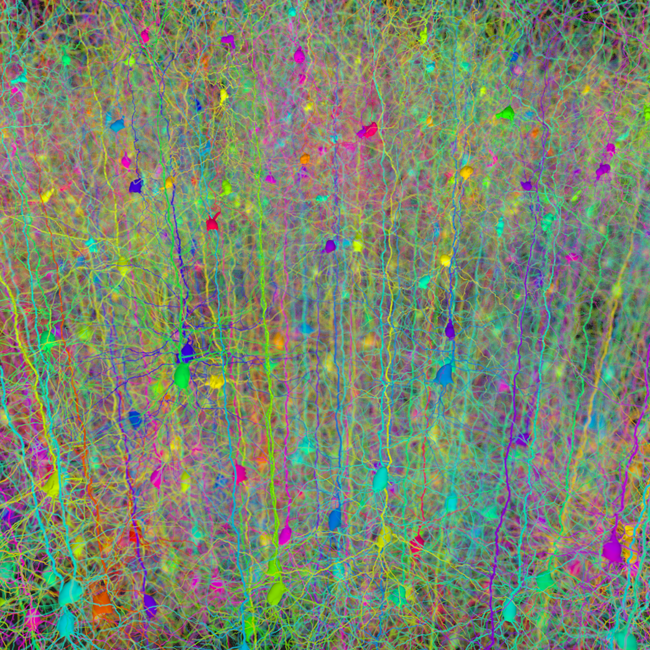Why nature uses fractals
- Vesna Lukic

- Jun 25
- 2 min read
Fractals are self-similar structures that occur across varying scales. A couple of examples in nature include blood vessels...

... galaxies...

... and trees, to name a few.

Natural examples such as blood vessels, trees and river networks grow in branching patterns to optimise space-fillingness and resource distribution.
Nature chooses these structures because they are simple, efficient and can be repeated across different scales.
In general, structures in nature that show self-repeating patterns have the following properties:
increased efficiency - reduced energy cost while covering a large area
easy scalability - work well from the macroscopic to microscopic scales
adaptability - able to adjust dynamically to changes in the environment
reduce waste - usage of minimal material while achieving maximal distribution
To show one example: trees need to transport water and nutrients from roots to leaves.
Their vascular system follows fractal branching: trunk → branches → twigs → leaf veins.
The fractals structure maximises the surface area for photosynthesis, minimises the transport distance for water and sugars, and reduces material use while covering large areas.

Fun fact: The branching of trees follows Murray’s Law, which optimizes fluid transport with minimal energy loss.

Neurons use fractal structures for signal transport and processing.
The use of fractals maximizes connections between neurons, allows for fast signal transmission across different brain regions and allows for optimised wiring - the use of shortest paths mean less energy use.

Fun fact: The dendritic structures of neurons have a fractal dimension between 1.7 and 2.1, meaning they efficiently fill space without unnecessary complexity.
In summary, fractals are nature’s built-in optimization algorithm. They are evident in the structure of blood vessels, trees, rivers, or neurons. Natures use of self-similar, branching structures minimise energy, maximise efficiency, and ensure resilience, making them an evolutionary masterpiece for transport systems.




Comments